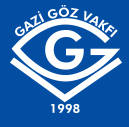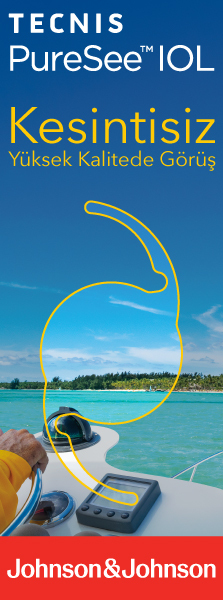Materials and Methods: Pediatric patients younger than 18 years, who underwent surgical treatment for RD following open globe injury (OGI) or closed globe injury (CGI) at a single center between August 2020 and January 2024, were retrospectively reviewed. Patients? demographic data, RD characteristics, surgical approaches, and postoperative outcomes were analyzed. Anatomical success was defined as retinal reattachment maintained for at least 3 months at the 12-month follow-up. Functional success was defined as best corrected visual acuity (BCVA) ? 5/200 at the 12-month visit.
Results: A total of 46 patients (OGI: 20, CGI: 26) with a mean age of 9.3 ± 3.6 years were included, and 78.2% of the patients were male. Anatomical success was 90% for OGI and 84.6% for CGI (p=0.821), with functional success of 40% and 50%, respectively (p=0.500). Visual acuity significantly improved in both groups (OGI: from logMAR 2.1 ± 0.8 to 1.7 ± 0.9, p = 0.030; CGI: from logMAR 2 ± 0.7 to 1.5 ± 0.8, p < 0.001). The most frequent postoperative complications were band keratopathy (20%) in the OGI group and cataract development (38.5%) in the CGI group.
Conclusion: Although anatomical success rates are high in pediatric traumatic RD, functional improvement remains limited. Therefore, enhancing preventive measures to reduce trauma-related vision loss in children is crucial.
Keywords : trauma, pediatric retinal detachment, scleral buckle, pars plana vitrectomy




